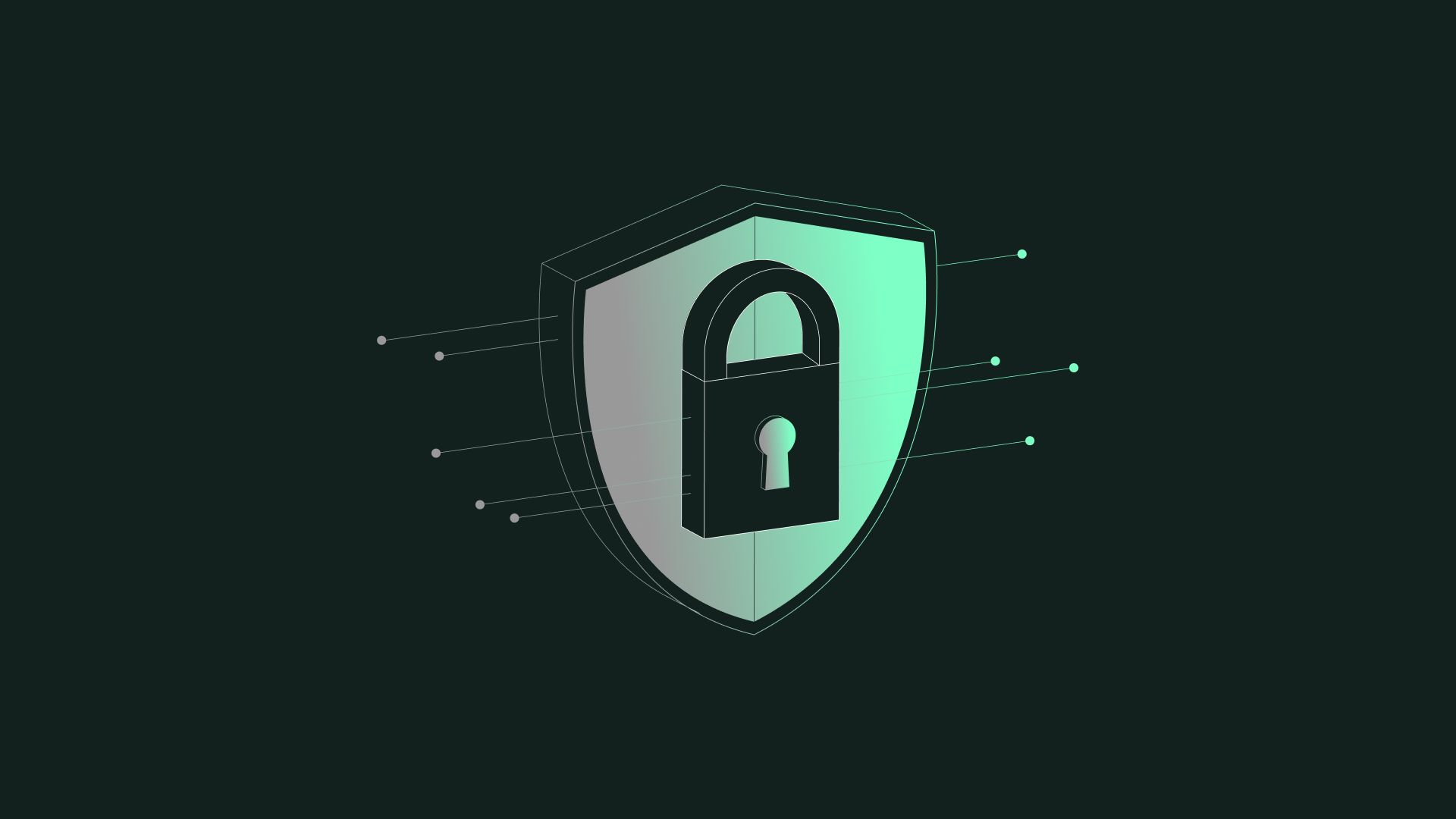Onshore wind and solar photovoltaic (PV) are now the cheapest sources of energy used by electricity-generating plants globally. Solar projects, in particular, offer some of the lowest-cost electricity in history. Overall, renewable energy will account for 95% of the net increase in the capacity of global power by 2025.
Yet, many power plants are only taking the first steps to drive value from wind and solar technologies and establish new ways of working.
Simply put, power companies are not nearly as advanced as they could be, and operations and maintenance costs are higher than expected.
The fact is these companies have been using the same traditional methods for more than 40 years. However, COVID-19 led to severe supply chain and transportation disruption, which further impacted solar energy innovation on a global scale.
In addition, COVID-19 interrupted the growth of solar energy in countries where development has been hindered by protracted delays in importing solar PV modules and other supplies.
Let’s explore what’s preventing developers from building the solar power plants of the future.
Common pitfalls for solar power plants
COVID-19 related circumstances, plus typical digitalization challenges, have led to some setbacks in renewable energy.
Supply chain disruptions caused by the pandemic: The pandemic has exposed weaknesses in the solar energy value chain, particularly in Asia and the Pacific. Issues such as the lack of a manual workforce to construct solar panels and delays in importing PVs were mainly caused by transport restrictions due to the pandemic. All of this led to higher operation and maintenance costs for solar power plants.
Turning vision into a digital agenda: While most companies investing in and building power plants have a clear vision for digital transformation, they are still left guessing how to turn this vision into a digital agenda. One of the biggest transformation challenges at most solar power plants is their need to develop a greenfield solution from the ground up.
Interoperability: Companies sometimes feel the need to integrate with other software tools which can complicate design and development. This means that the solar developer and vendors working on a digital solution should ensure the entire solution is integrated seamlessly and securely with other software.
Security and reliability: As more electricity systems become digital, the power industry is increasingly vulnerable to cybersecurity attacks. For example, a ransomware attack shut down the largest gasoline pipeline in the US — the Colonial Pipeline that carried 2.5 million barrels per day of gasoline and other refined fuels. This was the biggest cyber-attack on physical operations at a critical infrastructure in US history.
Based on reports, the attack was carried out by a group called “DarkSide,” known for ransomware attacks. Once security is breached, companies suffer major losses, perpetuating a bad reputation and adversely impacting their business in general.
Health and safety: Workers in the solar power industry are potentially exposed to various serious hazards, including electric shock, arc flashes, falls, and thermal burns that can cause injury and death. While solar energy is a growing industry, the hazards are not unique and have been high on the agenda of solar power plant companies.
So, how can solar power plants shift from traditional to digital to remove these pitfalls?
Building the digital solar power plant of the future
Despite COVID-19, the growth of renewable energies like wind and solar continues at a blistering pace. More than 260GW of renewable energy capacity was added in 2020 globally, exceeding the previous record by almost 50%, according to the International Renewable Energy Agency (IRENA). Digital tools play a huge role here.
Digital transformation does not start with radically disruptive activity. As someone who has spent the last couple of years leading digital transformation projects in green tech, I view the following characteristics as most important for organizations to focus on during a transformation.
Efficiency
- Energy efficiency — By providing better task and risk planning, process tracking, and digital power plant model simulations, businesses can reduce solar watt/hour cost, thus making solar power more accessible and cost-effective.
- Economic efficiency — Building a solution that helps solar power plants produce the most economic output and benefit consumers.
Agile design and development
Because solar power plants are a vibrant and dynamic business sector, the design and development of solutions should be improved continuously and adaptable to change. Customer-focused, lean innovation will go nowhere if your organization and systems aren’t set up to deliver on the new ideas.
Health and safety of the workforce
Digital technologies can provide a real-time dashboard on solar power plant emissions and limits, as well as support automated monitoring of incidents, documentation, and root cause analysis and prevention measures. Organizations need this as a feature in their software because it can help keep workers healthy and safe in a very transparent way.
Security
Security is one of the cornerstones of every digital solution. The focus should be to make the software not only user-friendly, but also reliable and secure. Recent malware attacks such as the SolarWinds Cyber Attack are a wake-up call for companies to invest in a strong cybersecurity program. Having a digitalization partner with high-tech expertise will make sure the company is safe against cyber-attacks.
Turning innovation into reality
As mentioned above — transforming a vision into a digital agenda is a major challenge. By designing complex software products, HTEC helps companies move forward, and turn their vision into reality. Our deep tech knowledge, adaptability and expertise empower us to build innovative greenfield solutions from the ground up and seamlessly integrate them with other software.
We are building a robust applications ecosystem that will support the full lifecycle of a large-scale solar power plant. It includes:
- Project site evaluations
- Mapping
- Simulations
- Capacity and yield estimations
- Project planning
- System design
- Engineering
- Technology procurement
- Actual construction and maintenance of multi-billion-dollar structures
Want to learn more about how HTEC’s technology expertise can transform your business? Explore our Technical Strategy and Software & HiTech capabilities.
















